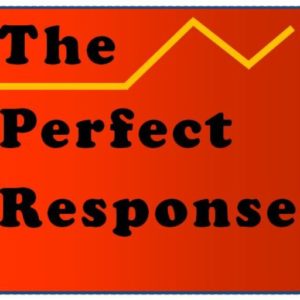Having spent the better part of the last two years writing about hearing and our sense of sound, here are a few takeaways about how we hear that may come as a surprise.
A key premise of The Sonic Imperative to be published in a few weeks is that sound is our newest sense. The widespread use of radio in the 1920s and magnetic tape recording a little later means that our modern comprehension of sound is only about 100 years old. Radio and recording made listening a prime preoccupation. Records added an additional level by making this, the most ephemeral of sense data, something that could be packaged and sold. Though streaming is the preferred way to access music today, for many of us it still matters to hold a copy of a performance in the form of a vinyl record or CD.
Here’s a few random but surprising facts about how we process sound.
-
People often say that they are “visual learners” or thinkers. We do learn from what we see. But sight is predicated on light, and we are not natural light emitters. But we were born to emit and receive sounds. It’s good to keep that in mind when we reflexively think of sight as the dominant sense. We surely need the advantages of seeing, but our basic social nature is predicated on hearing and learning spoken language.
-
Sound is created almost as much by the space it is in as by the source. Open spaces and rooms are major shapers of auditory content, with important effects. Even an expensive stereo system is going to sound crummy in a small room, or one with hard surfaces. In fact, a rooms designed to have no acoustic impact known as anechoic chambers would slowly drive most of us crazy in just a few hours.
-
A lot of music listeners have trained themselves to settle for inauthentic bass sound. They probably have listened for too long to bad audio that tends to create “one note bass.” This form of low frequency sound is a wad of noise that may be just “good enough” for a boom box or dance track. You can actually hear true bass when you can detect a distinct pitch and it’s overtones produced by a bass guitar, piano, or an organ pedal note. A low frequency bass note of 40 Hz, for example, is 28 feet long. A room shorter than that will force all of that high-energy sound to distort into indistinct one-note bass.
-
One way convenience stores disperse teens who want to hang out nearby is to employ a “Mosquito,” a proprietary “sonic canon” that emits a high-pitched sound that can only be heard by young ears. Some owners have also had success with baroque music.
-
Most Americans are careless in protecting their hearing. It is useful to remember that sound is created by zephyrs of moving air that can often only sensed by our ears. It is incredibly easy to overwhelm the tissue and tiny bones that receive those feint sound waves and send them to the nerves of the inner ear. You are probably ruining you hearing if you listen to music with tight earbuds, cutting the grass without ear protection, or using earplugs at a pop music concert. Results unfortunately include many musicians and subway workers who eventually end up legally deaf.
-
There are 1400 loudspeakers in Citizens Bank Park in Philadelphia, mostly because baseball requires a big audio assist to keep it exciting.
-
Listening is the one sense that never rests. Indeed, we are even listening to our mothers in the womb, starting in the third trimester at about 30 weeks.
![]()
 Paperback, 335 Pages
Paperback, 335 Pages
